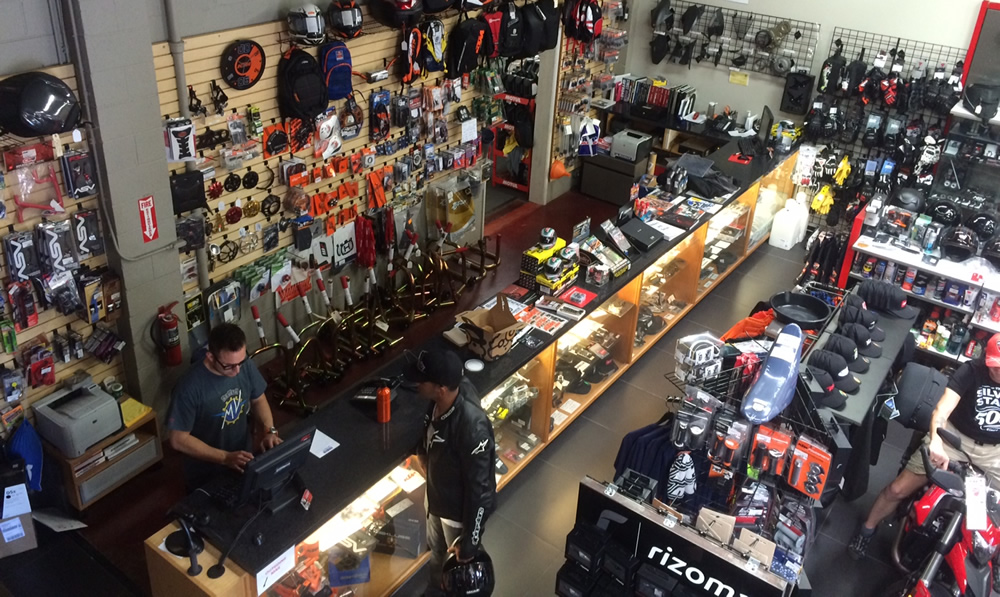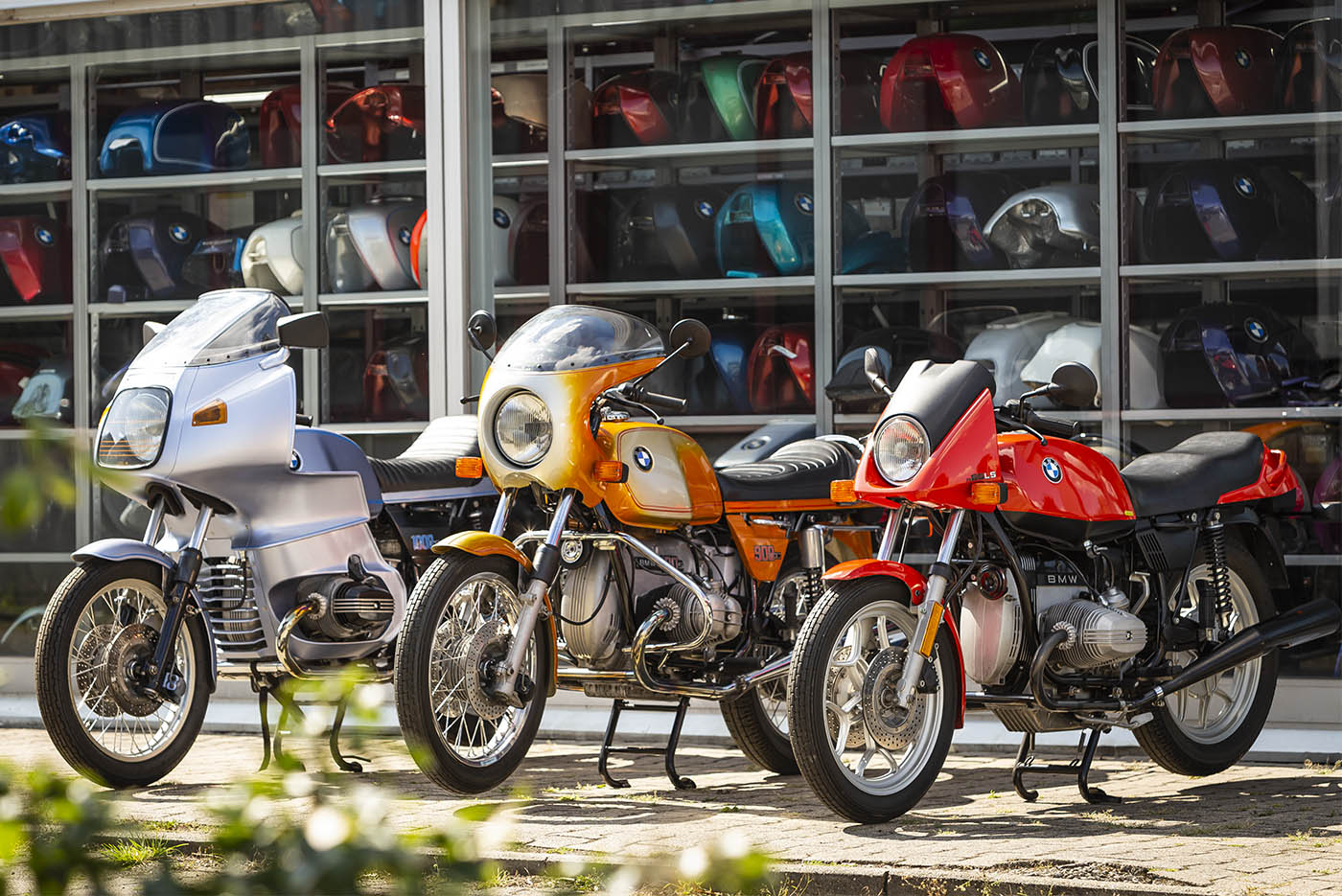Vital Motorcycle Parts NZ for Peak Performance and Safety
Vital Motorcycle Parts NZ for Peak Performance and Safety
Blog Article
Comprehending the Important Parts of a Motorcycle: A Comprehensive Guide for Fanatics
For bike lovers wanting to boost their riding experience and ensure their bikes run efficiently, recognizing the essential components of a motorbike is vital. Each component, from the engine's detailed functions to the critical role of the stopping devices, not only influences performance however also safety and security and convenience. This overview will certainly stroll with the essential parts that every rider ought to be acquainted with, making it possible for notified selections in both upkeep and prospective upgrades. As we begin this exploration, one must ask: how does each element interact to produce the seamless trip every enthusiast looks for?
Engine Elements

The camshaft plays an important role in regulating the timing of the engine's shutoffs, guaranteeing the accurate opening and closing necessary for reliable gas and air consumption, along with exhaust expulsion. This timing is critical to preserving ideal engine performance and effectiveness. Additionally, the carburetor or gas injection system, depending on the motorcycle version, is accountable for blending air with gas in the appropriate proportion for combustion.
The air conditioning system, either air or liquid-based, works to preserve the engine's temperature level within operational restrictions, protecting against getting too hot and ensuring long life - motorcycle shop. Each part, thoroughly designed and integrated, adds to the seamless operation of the engine, specifying the bike's power outcome and overall efficiency
Transmission System
Essential to the motorcycle's capability, the transmission system guarantees efficient power transfer from the engine to the wheels. This system consists of numerous crucial components, consisting of the clutch, transmission, and last drive, each playing an essential role in converting the engine's power into activity. The clutch, normally operated by a hand bar, offers to engage and disengage the engine from the transmission, enabling smooth equipment adjustments and controlled velocity.
The gearbox, typically described as the transmission proper, contains a collection of equipments that bikers can manually shift through to adjust the bike's speed and torque result. These gears are set up in a sequence that makes it possible for the bike to speed up efficiently and keep optimal engine performance throughout different rates. A lot of motorcycles use a sequential transmission, needing the biker to shift equipments in an established order.
Braking Systems
While recognizing the transmission system is crucial to taking advantage of a motorbike's power, just as vital is the ability to control and stop that power efficiently, which is where stopping mechanisms come into play. Brakes are vital for safety and performance, offering the cyclist with the necessary control to browse various surfaces and problems. Generally, motorbikes include two types of stopping systems: disc brakes and drum brakes.
Disc brakes are extra common in contemporary motorcycles due to their exceptional performance. They are composed of a brake disc, caliper, and pads. When turned on, the caliper squeezes the brake pads versus the spinning disc, converting kinetic energy right into heat, thereby slowing down the wheel. This system offers much better warmth dissipation, constant performance, and enhanced stopping power, specifically in damp conditions.
Alternatively, drum brakes, though much less typical, are still located in some bikes. They work by pushing brake footwear versus the inner surface area of a drum connected to the wheel. While typically much less efficient in warmth dissipation and stopping power, drum brakes are simpler and much more cost-efficient.
Recognizing these braking systems' nuances allows cyclists to keep their motorbikes properly and value the engineering that ensures efficient and risk-free stopping.
Suspension and Guiding
Suspension and guiding systems are important elements that substantially influence a bike's handling and ride comfort. The shock absorber, containing forks at the front and shock absorbers at the back, soaks up road irregularities, improving stability and control. Front forks, generally telescopic or inverted, compress and rebound to mitigate effects, while rear shock absorbers preserve tire contact with the road, crucial for grip and safety and security.
Steering, focused around the handlebars, attaches the biker to the motorcycle's directional control. The steering head bearings guarantee smooth procedure, allowing my company accurate ability to move. Correct alignment and upkeep of these bearings are essential for predictable guiding action and lowering motorcyclist exhaustion.
The suspension's adjustability is one more critical aspect; preload, damping, and rebound settings enable personalization to match various riding problems and styles. This versatility is essential for enhancing performance, whether browsing metropolitan streets or taking on sturdy tracks. Innovations like electronic suspension systems supply real-time modifications, enhancing experience quality throughout diverse surfaces.

Electric Systems
After making certain a controlled and smooth adventure with effective suspension and published here guiding systems, interest transforms to the electric systems, a crucial aspect of modern-day motorbikes. These systems play a crucial function not only in beginning the engine however additionally in powering various elements that improve the capability and security of the bike.
At the heart of a motorbike's electrical system is the battery, which stores electric energy needed for starting the engine and powering auxiliary systems - motocross gear nz. The alternator or generator, combined with the rectifier-regulator, makes certain the battery continues to be charged while the motorbike functions, converting power into electrical power and keeping voltage levels
The ignition system, one more essential component, is accountable for igniting the air-fuel mixture in the engine's cylinders. Modern bikes typically use an electronic ignition system, supplying better performance and reliability contrasted to traditional systems.
Lighting systems, consisting of headlights, tail lights, and indicators, are likewise important, making certain presence and safety for the biker. Extra electronic elements such as sensing units, control systems, and displays add to sophisticated attributes like gas shot administration, anti-lock braking systems (ABDOMINAL MUSCLE), and digital dashboards, better enhancing the riding experience.
Final Thought
An extensive comprehension of a motorbike's important elements, including the engine, transmission system, stopping systems, suspension, guiding, and electrical systems, is vital for fanatics intending to enhance convenience, safety, and performance. Mastery of these elements permits informed decisions pertaining to upkeep and upgrades, eventually boosting the riding experience. By incorporating this understanding, bikers can guarantee their motorcycles run at peak effectiveness and reliability, therefore optimizing both pleasure and long life of their automobiles.
For motorcycle fanatics looking to boost their riding experience and guarantee their bikes run smoothly, comprehending the essential elements of a motorbike is extremely important.Indispensable to the motorcycle's capability, the transmission system makes certain reliable power transfer from the engine to check over here the wheels.While recognizing the transmission system is crucial to utilizing a motorbike's power, similarly essential is the capability to manage and stop that power successfully, which is where braking devices come into play. Generally, bikes feature 2 kinds of stopping systems: disc brakes and drum brakes.
An extensive understanding of a bike's essential parts, including the engine, transmission system, stopping mechanisms, suspension, guiding, and electrical systems, is important for enthusiasts aiming to optimize convenience, efficiency, and safety.
Report this page